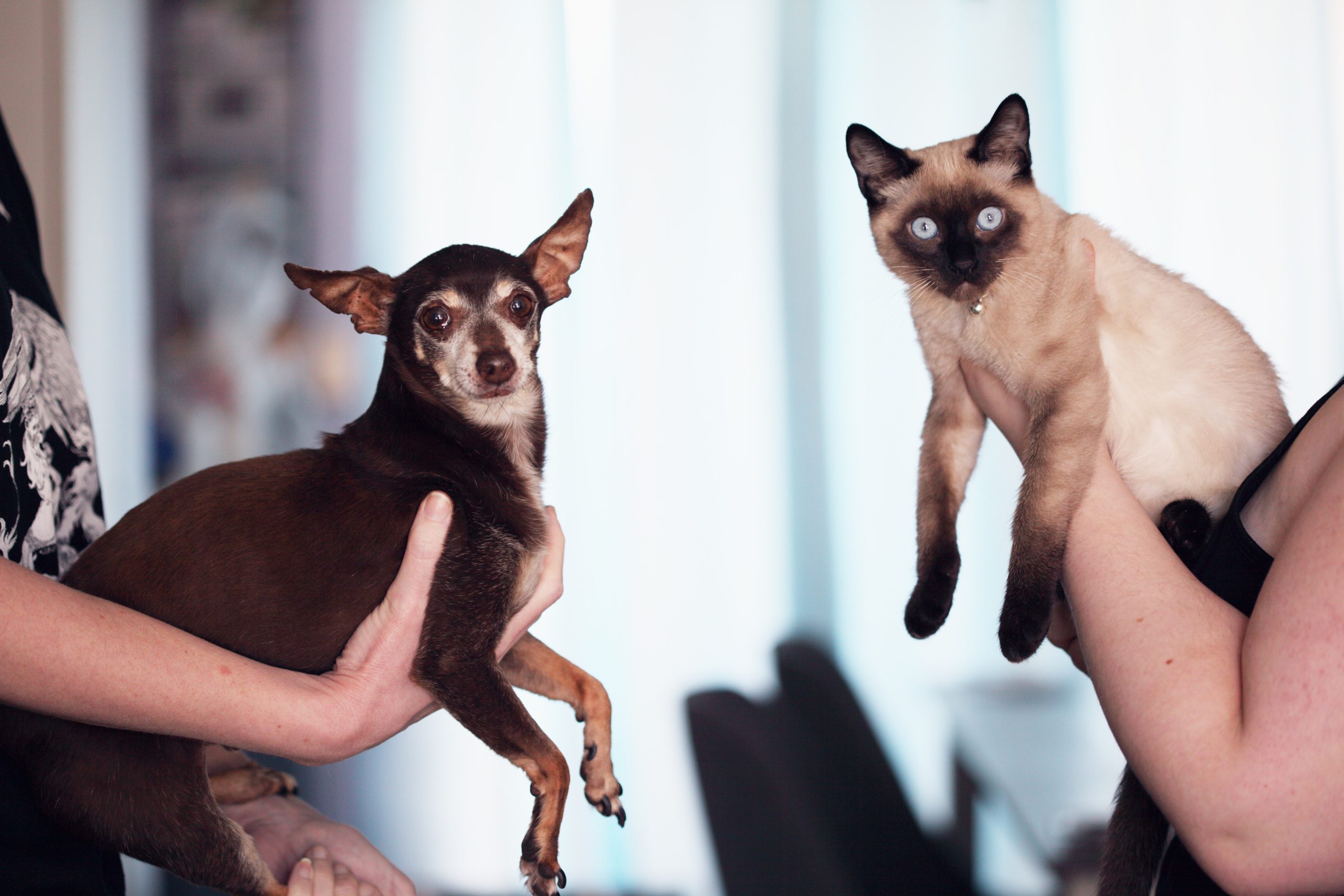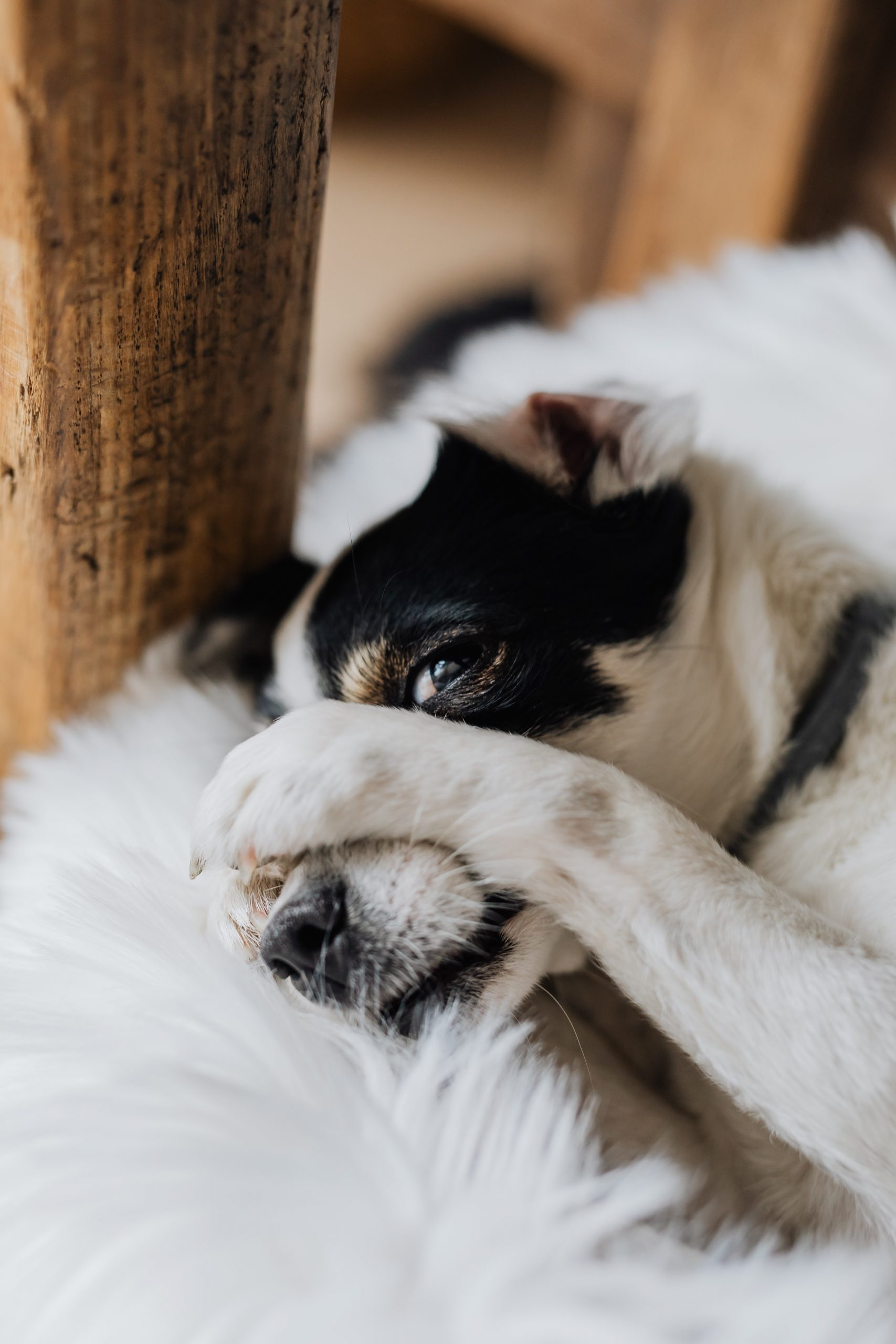
10 Tips for Bringing New Puppy Home to Cat10 Tips for Bringing New Puppy Home to Cat
May 17, 2021 0 CommentsThe big question is, can a dog and a cat get along? Short answer – yes. If you follow the tips in this article and introduce them slowly, and carefully there’s no reason why your new pup won’t get along with your cat . They might even become playmates within[...]




